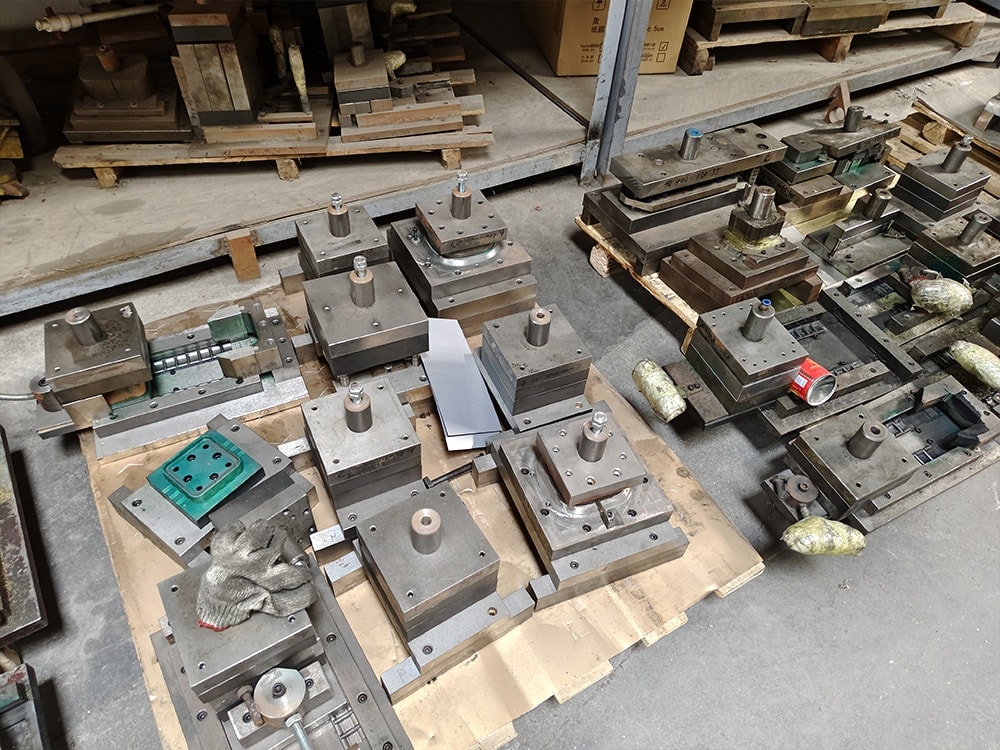
The standard process for tin can mold development typically involves several sequential steps to ensure the creation of high-quality and precise molds. The following outlines a standard flow for tin can mold development:
1. Design Specification: The process begins with the creation of design specifications based on the required dimensions, shape, and features of the tin can to be produced. This involves detailed technical drawings and specifications that serve as the foundation for mold development.
2. Tooling Design: Expert tooling engineers utilize the design specifications to develop 2D and 3D designs of the mold, incorporating precise measurements and optimal material distribution to ensure the production of accurate and durable tin cans.
3. Prototype Development: Once the tooling design is finalized, a prototype mold is created using sophisticated manufacturing technologies. This prototype allows for the testing and refinement of the mold design, ensuring its compatibility with the intended production processes.
4. Sample Testing: The prototype mold is used to produce a limited number of tin can samples for testing. These samples are evaluated for dimensional accuracy, structural integrity, surface finish, and other quality parameters, allowing for adjustments and refinements as needed.

5. Production Tooling: Following successful sample testing and necessary refinements, full-scale production tooling is developed based on the refined mold design. Production tooling is engineered to meet high-volume manufacturing needs with consistent precision and durability.
6. Validation and Optimization: The production tooling undergoes comprehensive validation through the production of test batches to verify the mold's performance, efficiency, and conformance to quality standards. Any necessary optimization or adjustments are made to ensure optimal performance.
7. Approval and Implementation: Upon successful validation, the production tooling is approved for implementation in the manufacturing process. The mold is utilized in the production line to mass-produce tin cans with high precision and consistency.
By following this standard flow for tin can mold development, manufacturers can ensure the creation of molds that meet industry standards, production requirements, and quality benchmarks.